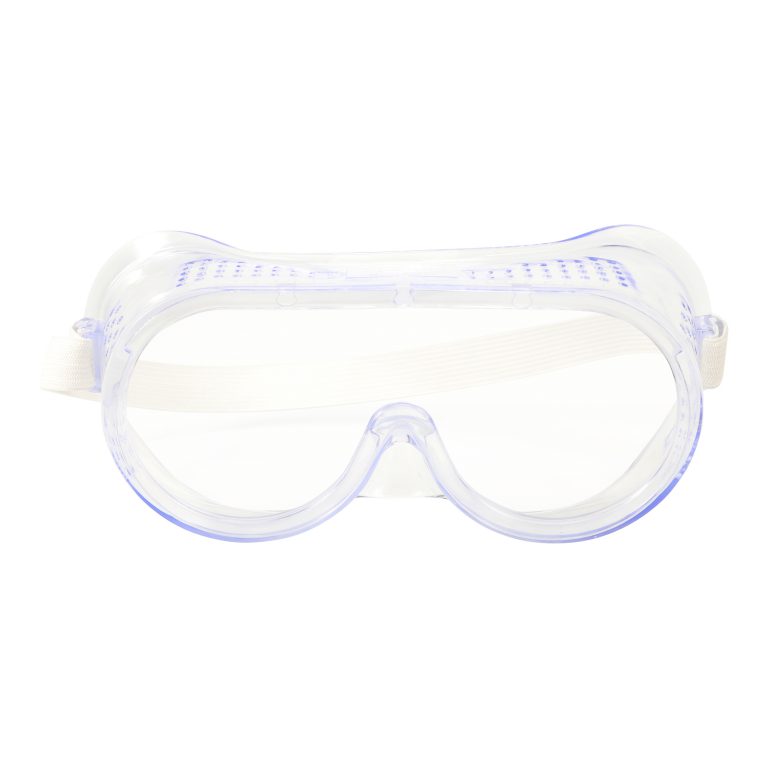Protective goggles, as a type of safety tool, play a very important role in safety work and production. The standards for protective glasses include national standards, European standards, American standards, etc. The key points include the type, material, transmittance, and suitability for the audience of protective glasses. When choosing, it is necessary to choose protective glasses that meet the standards and are suitable for oneself.
1. Standards for protective goggles
The production and inspection of protective goggles must be carried out in accordance with national standards, European standards, American standards, etc. When choosing protective goggles, we should choose products that meet these standards. Common safety glasses standards include GB14866-2006, GB14866.11-2016, EN166, ANSI, etc.

2. Types of protective goggles
According to the different functions and applicable environments of protective glasses, they can be divided into various types, mainly including safety glasses, protective glasses, laser protective glasses, special glasses, etc.
3. Materials for protective goggles
There are various materials for protective glasses, such as polycarbonate (PC), nylon, glass, etc. Different materials have different properties and characteristics, and when choosing, it is necessary to choose according to one’s own needs.
4. The transmittance of protective goggles
The transmittance of protective glasses refers to the proportion of light they can pass through. Protective goggles with different functions and environments have different transmittance, such as gas welding protective goggles with a transmittance of 5% and glasses protective goggles with a transmittance of 75%. When choosing protective goggles, we need to choose according to different scenarios and work environments.
5. Suitable audience for protective glasses
Different types and functions of protective glasses are suitable for different groups of people, such as safety glasses suitable for industrial workers, protective glasses suitable for doctors, nurses, etc. When choosing protective goggles, we need to consider our work environment and industry.
Protective glasses are important equipment for protecting the eyes. When choosing, it is necessary to consider multiple aspects such as standards, types, materials, transmittance, and suitability for the population. Choosing protective glasses that meet the standards can effectively protect the eyes from damage.
